Today, Apple officially took the wraps off the highly anticipated iPad mini 7. The latest and greatest compact tablet brings a number of notable upgrades, while retaining many user-favorite features from its predecessor.
The iPad Mini 7 enters a rather aggressive market where Xiaomi, just three months ago, has thrown its hat into the ring in the form of the compact tablet segment dubbed the Redmi Pad SE 8.7 4G. Let’s take a closer look at how these two devices compare against each other in terms of specifications and features.
Apple iPad Mini 7: Key Features and Upgrades
Apple’s new iPad mini 7 brings some significant upgrades to its predecessor, the iPad mini 6 (A2569); it retains the compact 8.3-inch Liquid Retina display, but inside, it houses improved innards, along with a fresh new look as far as the color options are concerned.
- A17 Pro CPU: Emanating a 5-core GPU A17 Pro Chip; the iPad mini 7 enjoys much-appreciated increased computational capacity and multitasking.
- Display: The device still features the 8.3-inch Liquid Retina display with 500 nits of brightness and a 60Hz refresh rate, ensuring vibrant visuals and a fluid user experience.
- Wireless Connectivity: Upgraded with the new Wi-Fi 6E in the global models and Bluetooth 5.3 for a faster and more reliable wireless connection. It’s also important to note that it ditches the physical SIM card slot as Apple pushes further along with eSIM technology.
- Apple Pencil Pro Support: It also supports the Apple Pencil Pro now with the advent of the iPad mini 7, furthering advanced capabilities for both creatives and professionals alike.
- Ports and Environmental Upgrades: The USB-C port now operates at 10Gbps, while the overall design is more environmentally friendly, using recycled materials much more effectively.
- Pricing: The 128GB model is 561 USD, while the 512GB model is 912 USD.
Redmi Pad SE 8.7 4G: Xiaomi’s Compact Competitor
On the Android side, another powerhouse is the Xiaomi’s Redmi Pad SE 8.7 for the budget-conscious buyer. Three months old, this is a pretty solid model with appealing features to suit a broad performance base, particularly those in love with Android and HyperOS.
- Processor: The processor used in the Redmi Pad SE 8.7 is the Mediatek Helio G85 Chip, which should warrant smooth performance to run everyday tasks, consumption of media, and light gaming. Display: Yes, it provides an 8.7-inch IPS LCD screen, featuring a 90Hz refresh rate and Gorilla Glass 3 protection, while the iPad mini 7 comes with a smaller display size, making the latest Xiaomi tablet perfect for those who need a bit more in terms of panel real estate.
- Battery: One of the key highlights of the Redmi Pad SE 8.7 is its 6650mAh battery, which supports 10W charging to comfortably last throughout a busy day with a single complete charge.
- Storage and Camera: The device carries 64GB or 128GB of storage with 4GB of RAM and supports microSD expansion. It features an 8MP rear camera and a 5MP front camera for casual photography.
- Other features on Redmi Pad SE 8.7 include stereo speakers, a 3.5mm headphone jack, IP53 resistant to water and dust, and Bluetooth 5.3 connectivity.
- Dimensions and Build: With dimensions measuring 211.6 x 125.5 x 8.8 mm and weighed at 370 grams, it is a bit heavier and larger than the iPad mini 7, but still compact and transportable.
- Pricing: The Redmi Pad SE 8.7 will be made available either in 64GB or 128GB storage option, and it will arrive in three colors, namely Forest Green, Ocean Blue, and Urban Grey.
Apple iPad Mini 7 vs Xiaomi Redmi Pad SE 8.7
While both devices offer really strong performance in their respective operating systems, they appeal to a completely different audience altogether.
The iPad mini 7 targets those who need a capable and compact tablet with high-end features like the A17 Pro chip, latest support for Apple Pencil Pro, and faster wireless. On the other hand, the Redmi Pad SE 8.7 is a great value for those looking at an affordable Android tablet with a bigger screen and solid features such as a high refresh rate display and long battery life. Both the tablets are representative of the very best that Apple and Xiaomi have to offer in the compact tablet market, offering a broad spectrum of choices for consumers in relation to operating systems, use cases, and budgets.

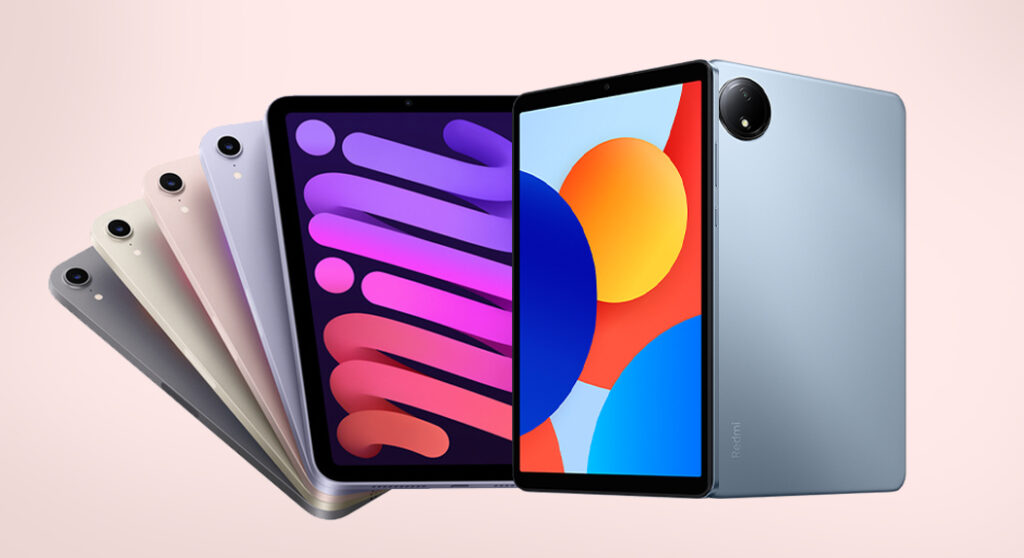
 Emir Bardakçı
Emir Bardakçı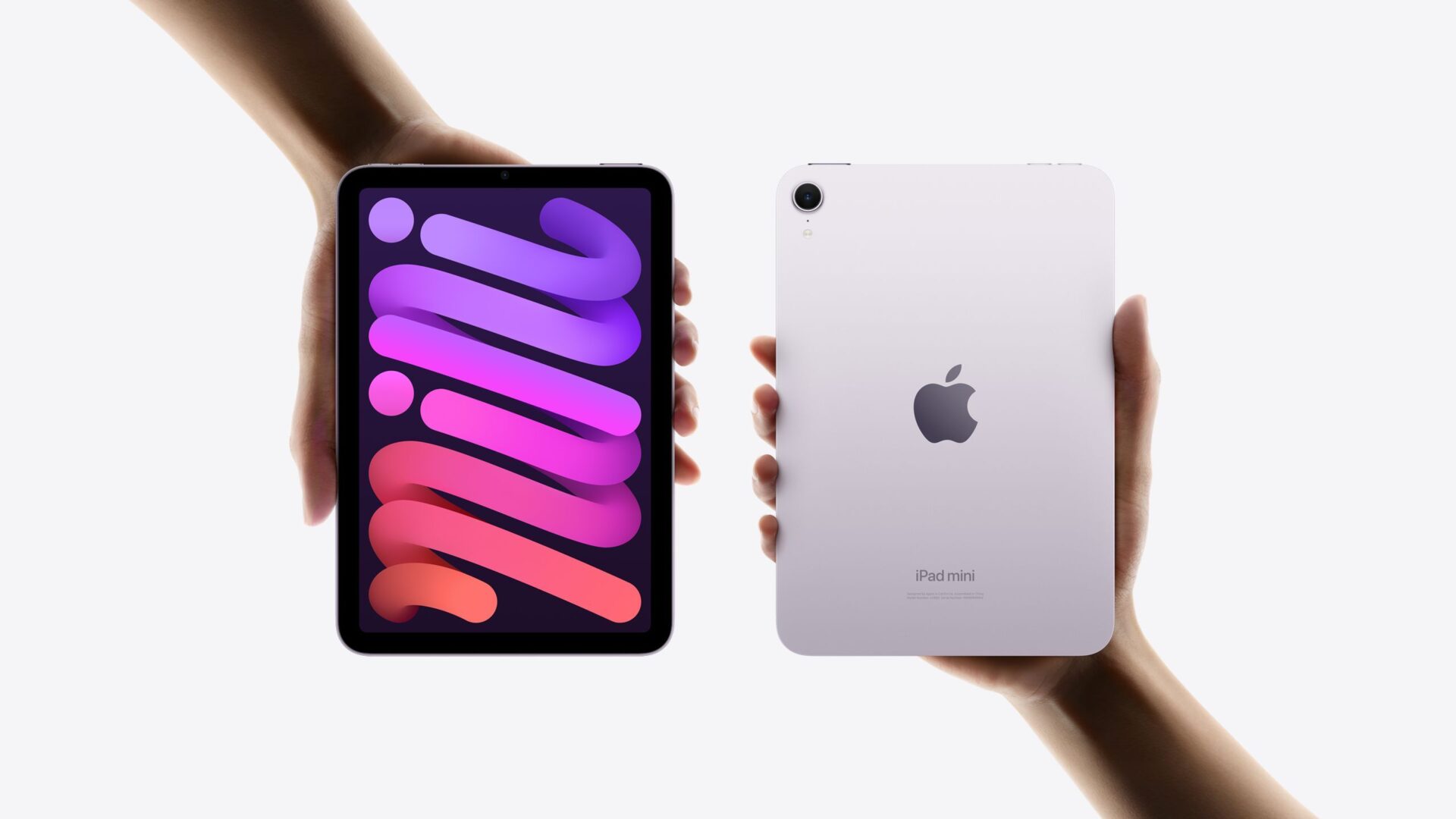
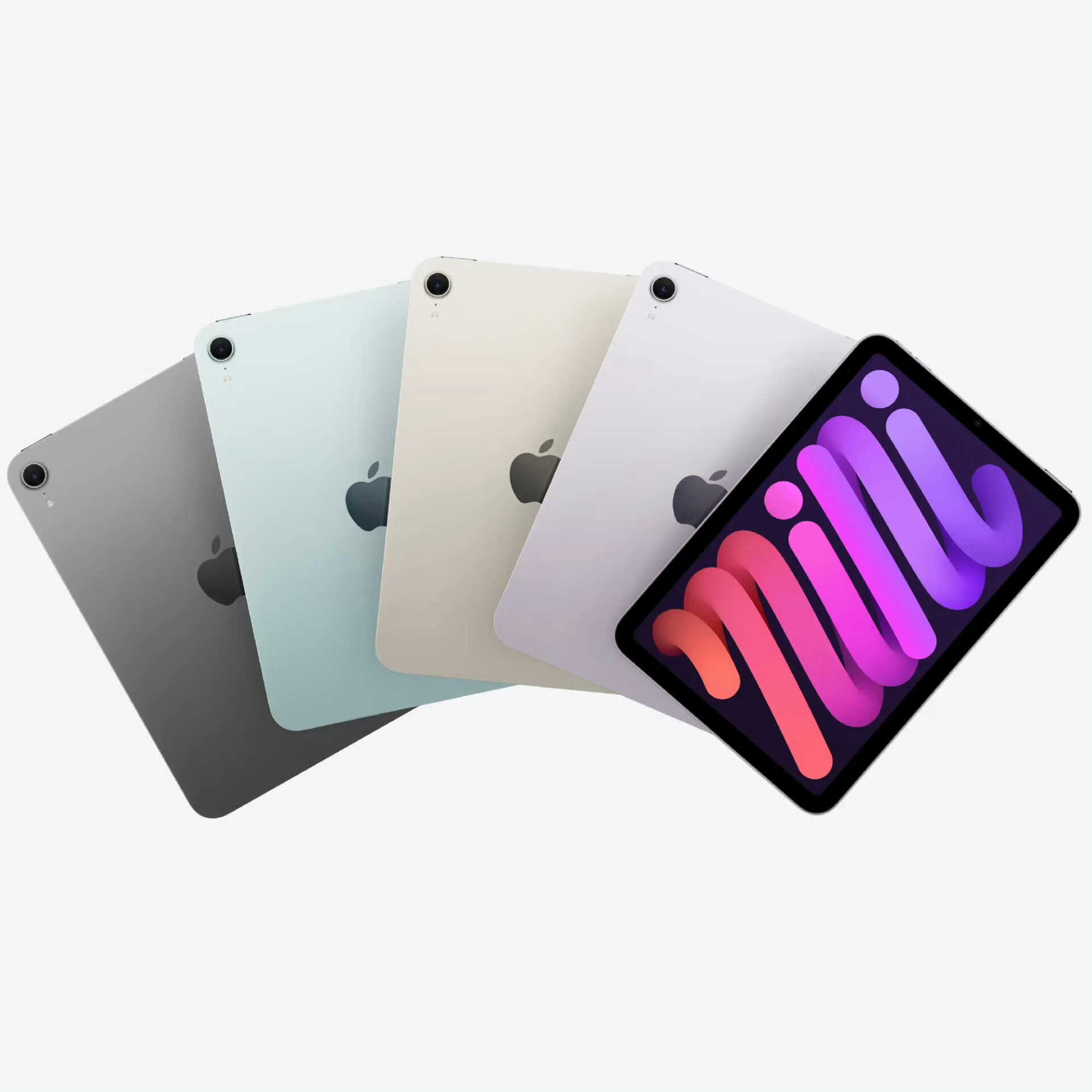
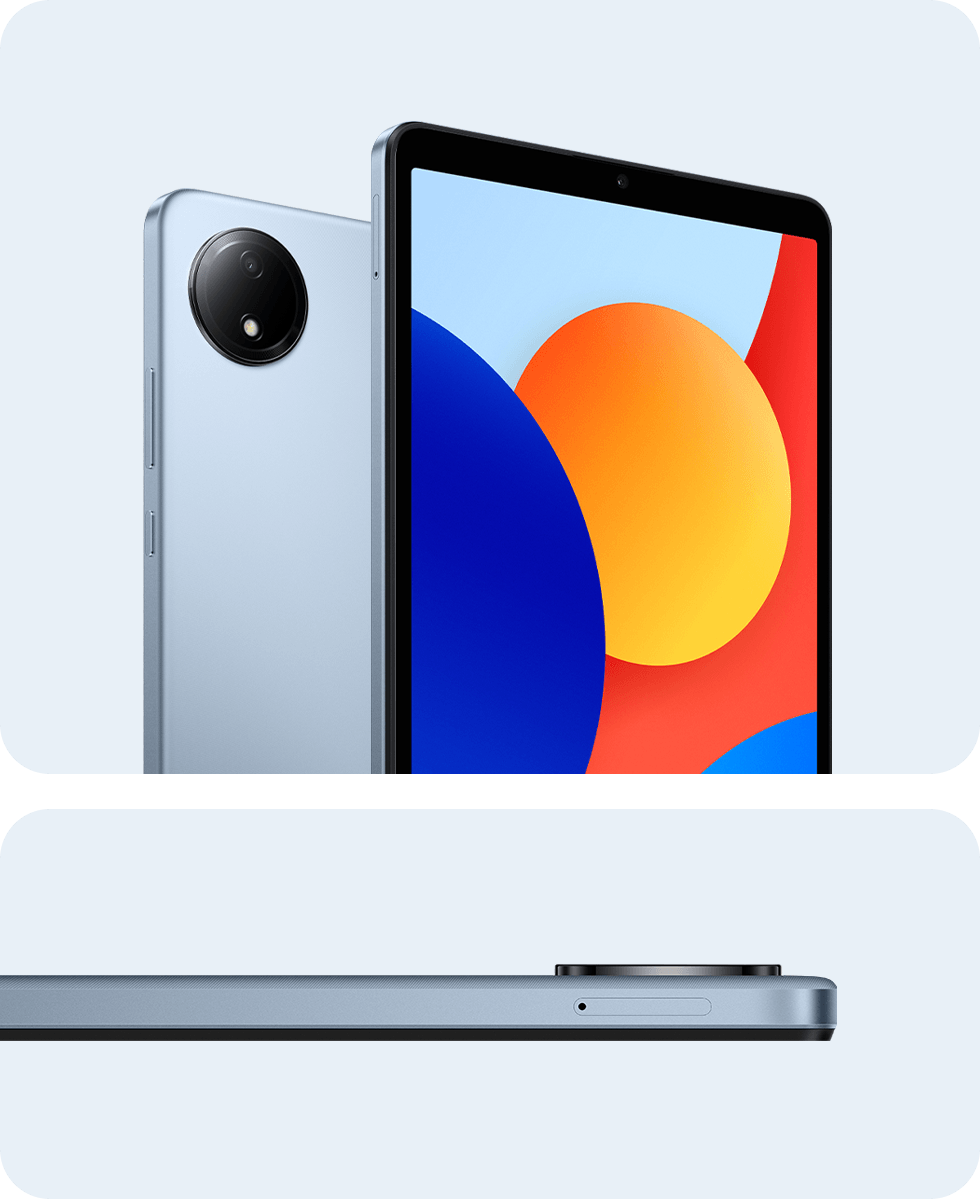
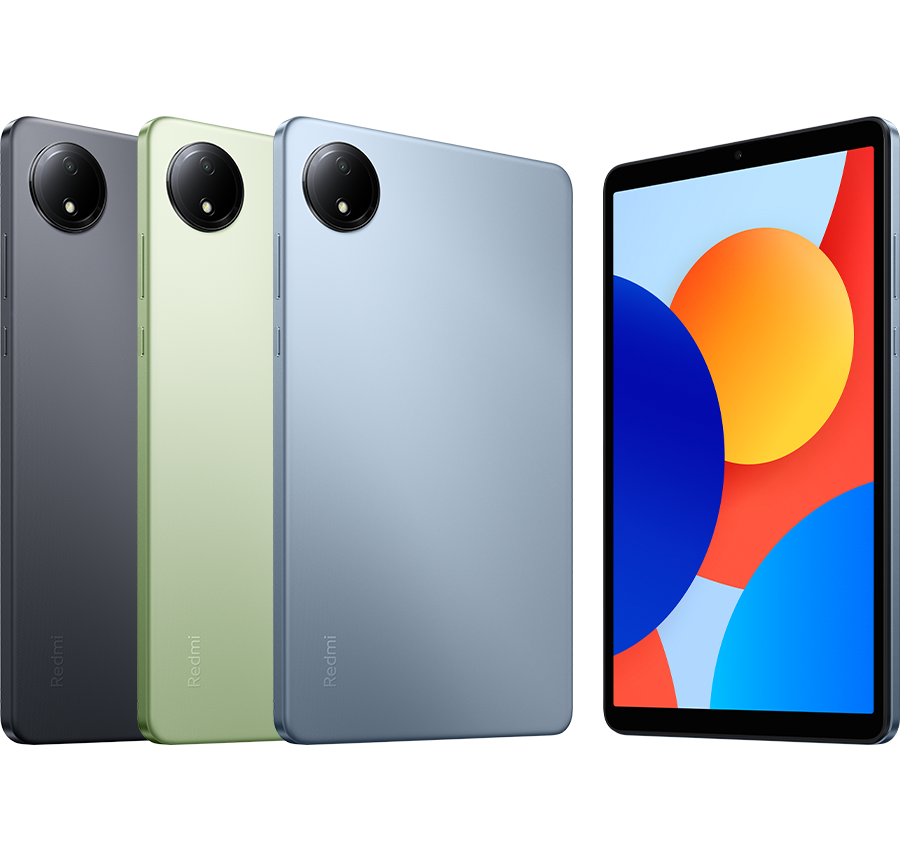
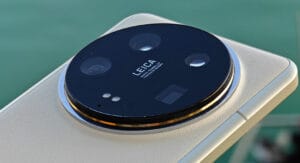


Wow